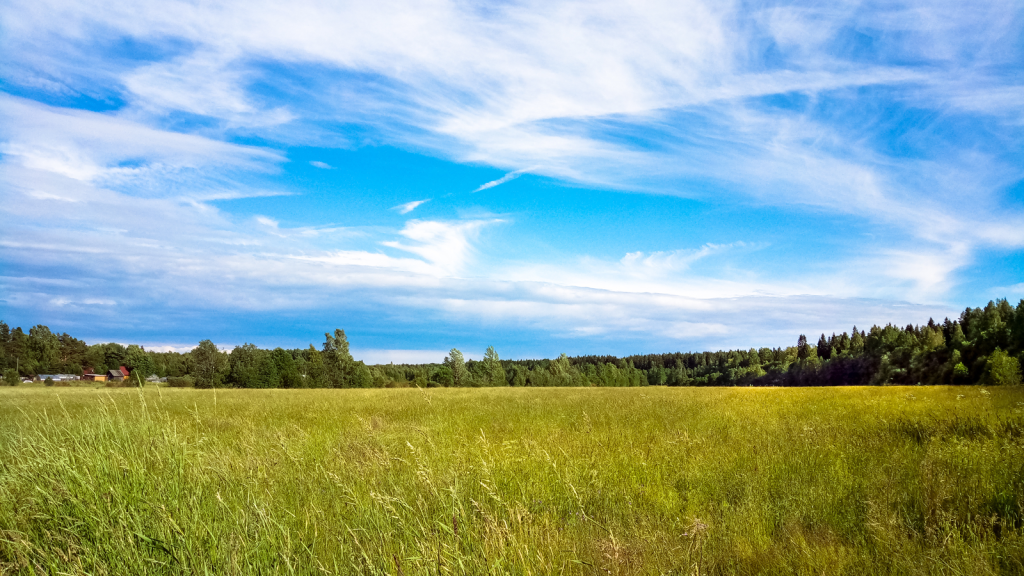
Understanding seed rates for different conservation goals, including erosion control, pollinator habitats, and wildlife restoration.
Establishing a successful Conservation Reserve Program (CRP) project involves more than choosing the right species, it requires precise planning, including determining the correct seeding rate. Planting too little seed can lead to poor establishment and invasive species intrusion, while overseeding can be wasteful and expensive. The key is finding a balanced rate tailored to your conservation goals.
At All Native Seed, we help landowners select NRCS-compliant seed mixes and calculate appropriate seeding rates to ensure strong stands and long-term program compliance. Here’s what you need to know.
What Is a Seeding Rate?
A seeding rate is the amount of seed planted per acre, usually measured in pure live seed (PLS) pounds per acre. This ensures you’re not just counting bulk weight, but only viable seed that has been tested for germination and purity.
The optimal seeding rate depends on multiple factors:
- The species being planted
- The goals of your CRP practice (e.g., erosion control, pollinator habitat)
- Soil type and fertility
- Site prep quality and weed competition
- Local NRCS guidelines (which often provide minimum standards)
Other Factors That Influence Seeding Rate
Seed Type and Form
- Fluffy seeds (like Indiangrass) require specialized equipment and may have lower bulk density.
- Small or chaffy seeds (like many forbs) may require careful calibration to prevent over- or under-seeding.
Seed Viability
- Seeding rates should account for germination percentage. For instance, if a seed lot is only 80% viable, you’ll need to increase the rate accordingly.
Site Prep Quality
- Well-prepped sites with low weed pressure can support lower seeding rates.
- Poor prep or compacted soils may require higher rates or supplemental species to fill in gaps.
Use Tools & Professional Guidance
All Native Seed can help calculate the correct seeding rate by:
- Providing PLS-converted seed tags and specs
- Recommending adjustments based on site conditions and goals
- Offering seed mixes that are pre-formulated for NRCS compliance and performance
Final Thoughts: Seed Wisely, Plant Confidently
Getting the seeding rate right is critical to the success of your CRP project. With the right mix and proper calibration, you’ll improve your chances of long-term success, reduce replanting costs, and ensure compliance with USDA program standards.
Have questions about seeding rates for your next CRP project?
Contact the team at All Native Seed today. We’re here to help you build better, more resilient land from the ground up.
